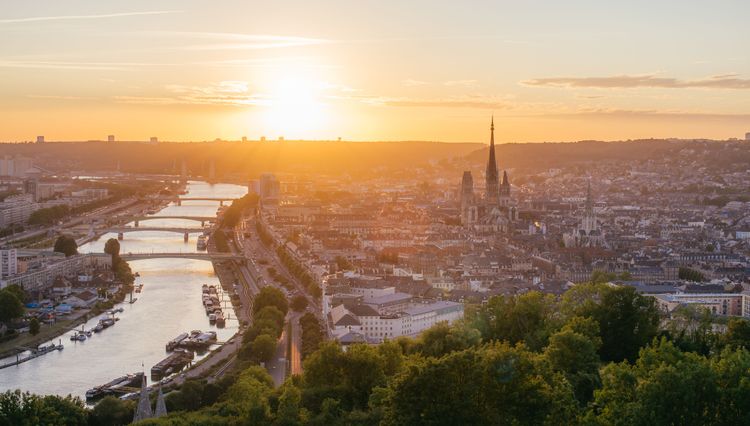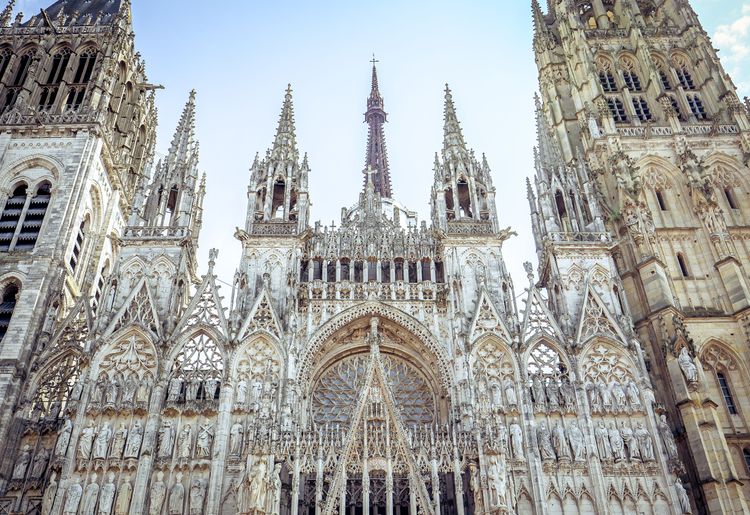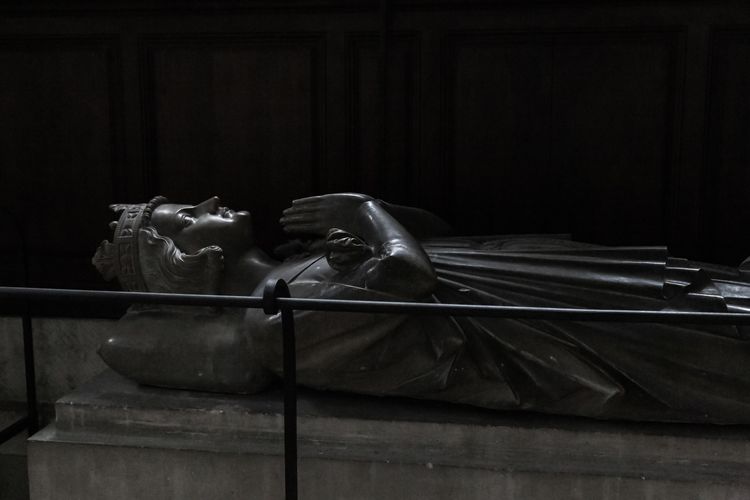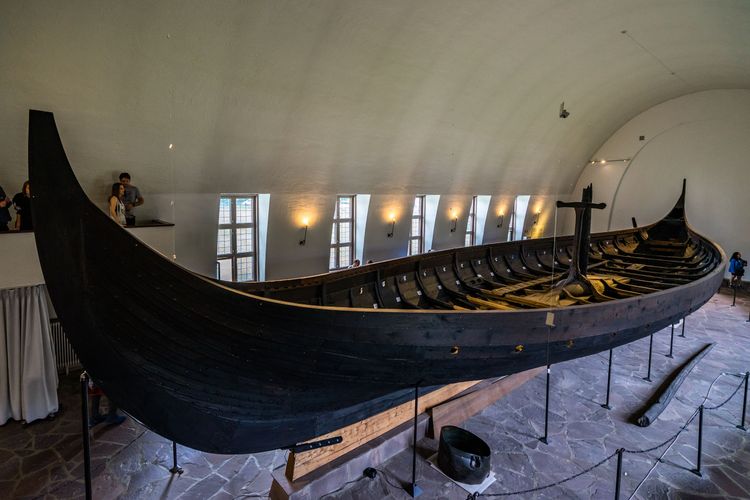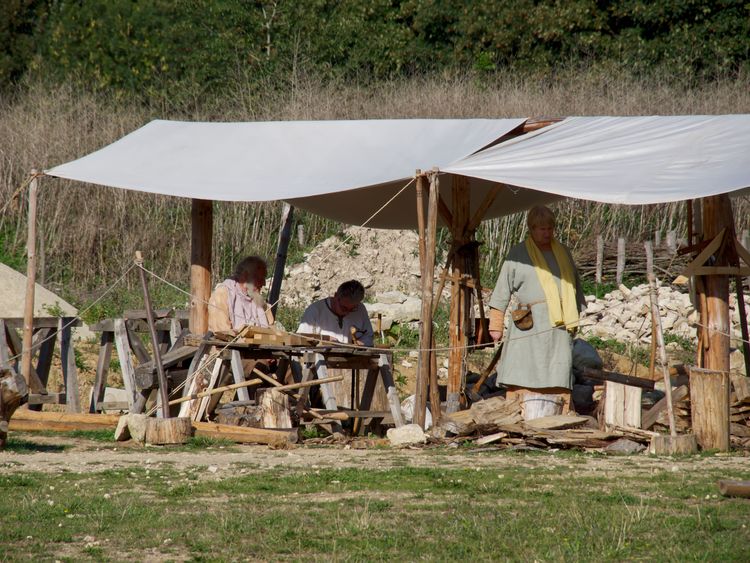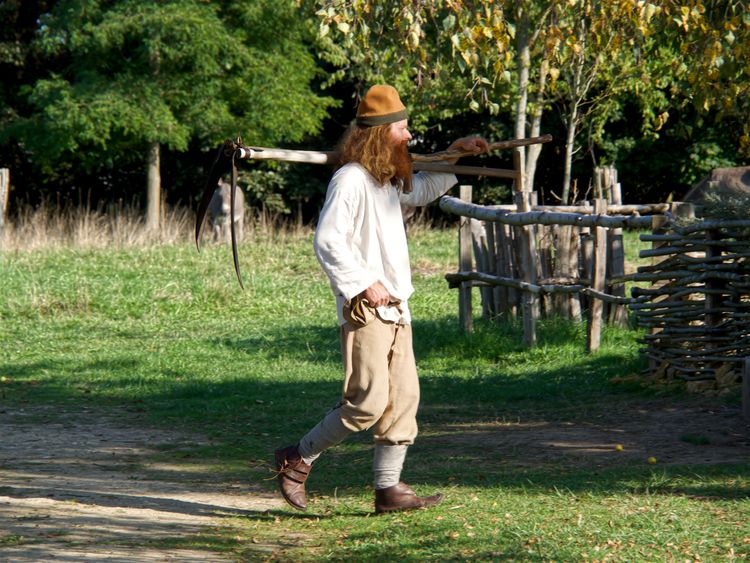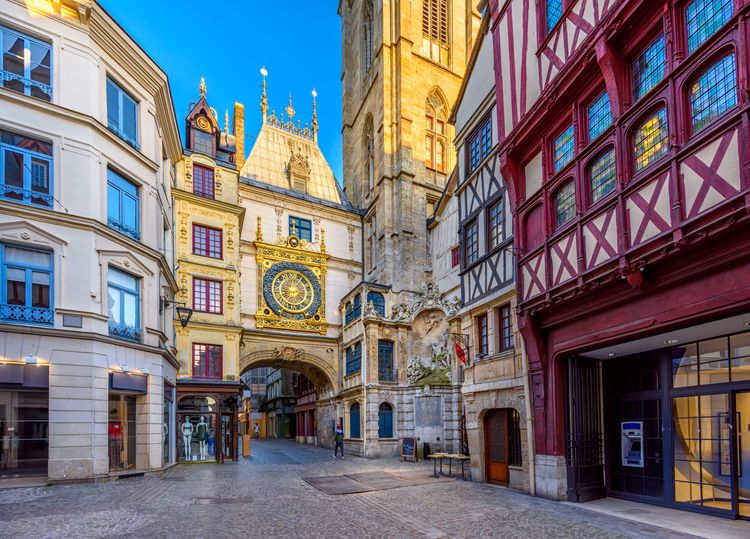Aboard their famous Drakkars, the Vikings arrived from Scandinavia in 841, and chose to dock in this land, which would not become Normandy until much later, for practical reasons. The region boasted a wealth of resources, but above all, as well as being a coastal region, it had a privileged shipping route: the Seine. Thanks to this, they could expand their fleet inland without any problems. Despite the defences they had put in place, the Carolingian kings were soon unable to stop the northern scourge. Pillage, fire, rape... Viking raids ravaged the country from the Norman lands, which were now ravaged and practically annexed by the barbarians.
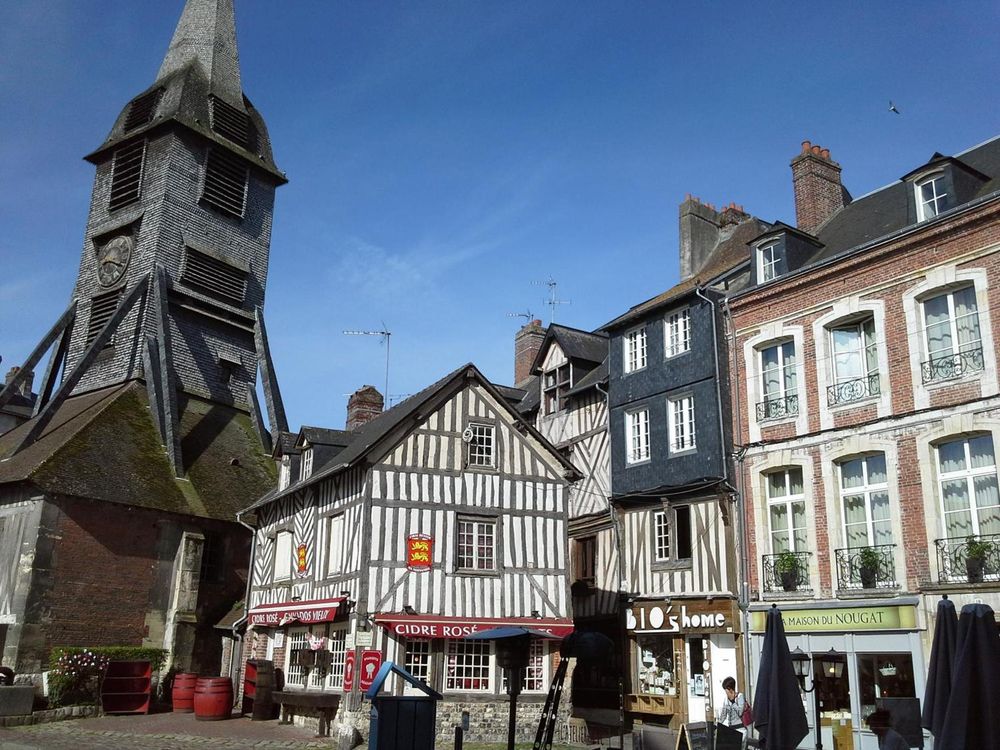 Honfleur
Honfleur

